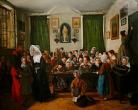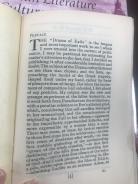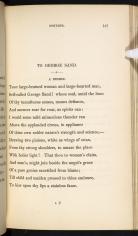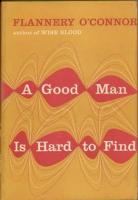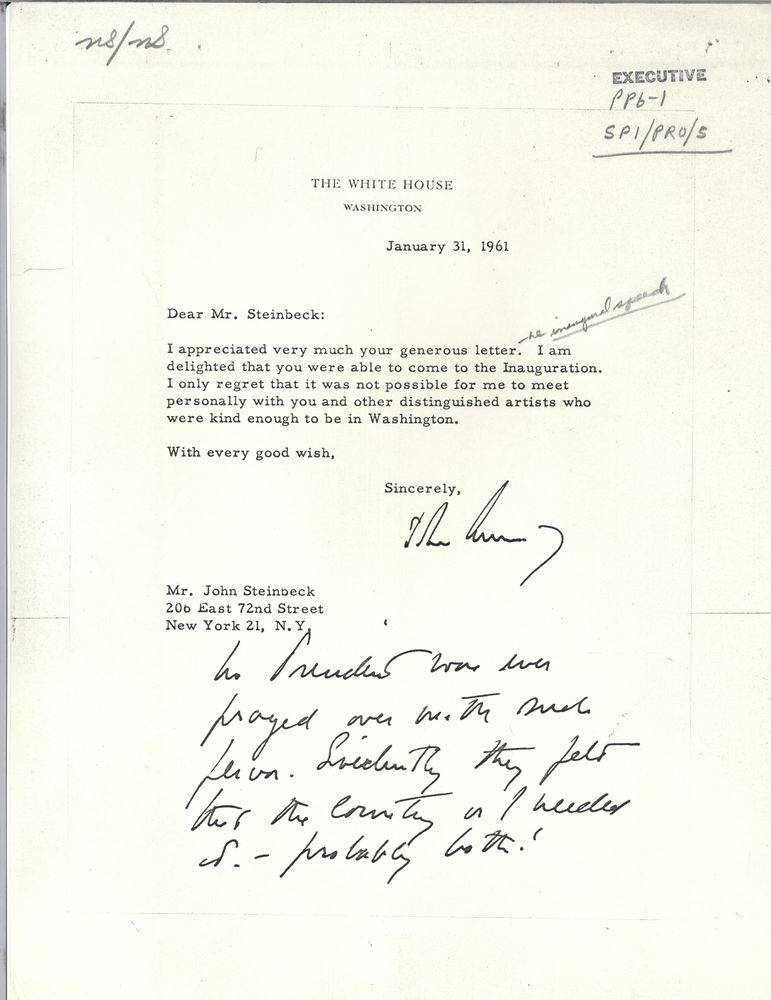Timeline for Seminar Papers (ENG 5304)
Created by Joshua King on Fri, 10/01/2021 - 16:05
Part of Group:
Please use this timeline to post entries related to your seminar papers.
Timeline
Chronological table
| Date | Event | Created by | Associated Places | |
|---|---|---|---|---|
| 5 May 1789 to 9 Nov 1799 |
Gaskell and the French RevolutionWhile the French Revolution ended decades before either Cranford or My Lady Ludlow were published, it had a profound effect on these as well as many of Gaskell's other works. For Lady Ludlow, the 'Revolution' represented a seismic shift in the hierarchy of society and the stability of tradition that unsettled class divides in Great Britain just as much as on the continent. In the novel, she particularly resists the movement toward educating the lower classes which is championed by Mr. Gray, claiming that "the French Revolution, which had done much to annihilate all distinctions of rank and class...has convinced me—that education is a bad thing, if given indiscriminately. It unfits the lower order for their duties, the duties to reduce they are called by God, of submission to those placed in authority over them, of contentment with that state of life too which it has pleased God to call them, and of ordering themselves lowly and reverently to their betters." Pictured is "Ecole Chrétienne à Versailles" by Antoinette Asselineau (1839) depicting a school for working-class children (like the one Lady Ludlow fears will begin in Hanbury) which was a product of class subversions of the French Revolution. |
Reilly Fitzpatrick | ||
| Jul 1844 to Aug 1844 |
Publication of A Drama of Exile in AmericaElizabeth Barrett Browning's first publication of A Drama of Exile was by an American press: United States Magazine and Democratic Review. A Drama of Exile was the first poem in her collection of poetry that was published in two installments in America (July and August 1844). The collection was entitled A Drama of Exile: And Other Poems, further illustrating her statement in the Preface that it was "the longest and most important work (to me!) which I ever trusted into the current publication." Fun fact: Edgar Allan Poe was one of her biggest fans in America. The attached picture is from the preface of the George G. Harrap & Co. 1900 edition of A Drama of Exile held in the Armstrong Browning Library's rare item archives. |
Savannah Chorn | ||
| Aug 1844 |
Publication of A Drama of Exile in EnglandElizabeth Barrett Browning's English publisher of 1844 Poems (which included A Drama of Exile) was Edward Moxon and Co. Her 1844 Poems were published in a two-volume set and, like the American publication, A Drama of Exile was the opening piece. According to Margaret Forster, Moxon "was prepared to print 1.500 copies and halve the profits with her" (128). A copy of the two-volume set is held at the British Library (which is where the included picture is from). https://www.bl.uk/collection-items/elizabeth-barrett-brownings-poems-in-two-volumes-1844 |
Savannah Chorn | ||
| 6 Apr 1931 to 7 Apr 1931 |
The First Trial in the Scottsboro CaseClarence Norris and Charlie Weems, two of nine black young men accussed of the assualt and rape of Victoria Price and Ruby Bates, are convicted and sentenced to death in the first trial of The Scottsboro Case. One notable comparison between this case and the fictional trial of Tom Robinson in To Kill a Mockingbird is the fact that neither trial provided medical evidence to prove a rape occured. In Lee's novel, Bob Ewell deliberately avoids medical examination. In the Scottsboro Case, doctors concluded no rape had taken place, but the youths were convicted anyway. Likewise, in both cases the community was reluctant to provide lawyers for the defendants. A year later, this ruling will be upheld by the Alabama Supreme Court, but overturned by the Supreme Court of the United States. |
Theresa Boyd | ||
| 1955 to 1955 |
Flannery O'Connor publishes "The Displaced Person""The Displaced Person" was published by Harcourt Brace & Company as part of O'Connor's collection of short stories entitled A Good Man Is Hard To Find. "The Displaced Person" is the final story in the collection. O'Connor is known for peopling her stories with misfits and unlikable characters. Larissa Runyan, in her recent dissertation from the University of Oklahoma, emphasizes the location of "The Displaced Person" in the collection, suggesting that O'Connor intentionally holds Mr. Guizac's story until the end, as the "one good man of the collection." |
Myles Roberts | ||
| 21 May 1958 |
Ralph Elliott Publishes Essay on Green Chapel LocationOn the 21st of May, 1958, medievalist Ralph Elliott published his essay, "Sir Gawain in Staffordshire: A Detective Essay in Literary Geography," in the London Times. It was the first attempt by a literary scholar to situate locations from Sir Gawain and the Green Knight in real-world geography. He would later follow up this article with a book, The Gawain Country: Essays on the Topography of Middle English Alliterative Poetry, in 1984 and another essay, "Holes and Caves in the Gawain Country," in 1988. Although many scholars have since published their own theories surrounding the poem's geography, it nonetheless remains the seminal work on the topic, setting the precedent for all future scholarship.
|
Becky Presnall | ||
| 20 Jan 1961 |
John Steinbeck attends the inauguration of John F. KennedyJohn Steinbeck and his wife Elaine were invited to attend the inauguration of John F. Kennedy, which took place on January 20, 1961. Steinbeck would write to JFK to thank him for the invitation and to praise his inaugural address, to which JFK responded with his own letter of appreciation (see below). John Steinbeck took his road trip around America during the final months of the presidential campaigns, submitting his absentee ballot while in California (ironically, his home state). Shortly after the inauguration, Steinbeck began writing his account of the trip, Travels with Charley in Search of America (1962). The story of his attendance of the inauguration is in the original manuscript, but for whatever reason Steinbeck ultimately chose not to include this in the final published version.
|
Robert Brown |

